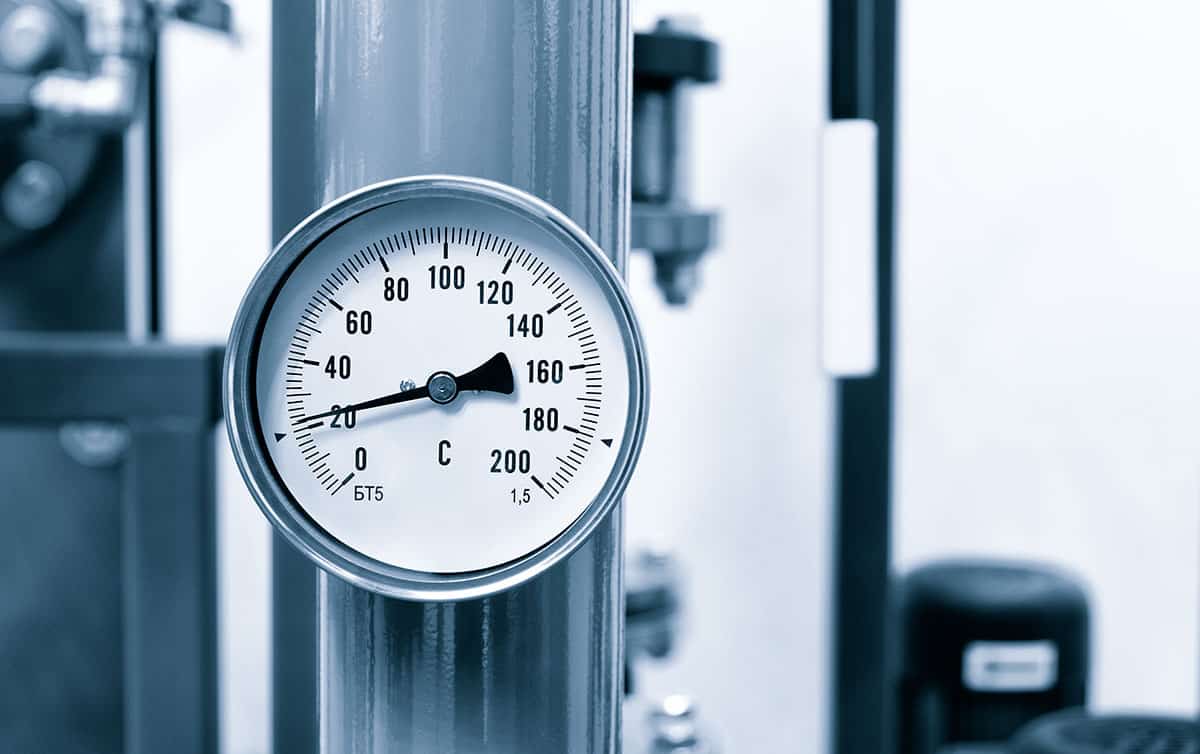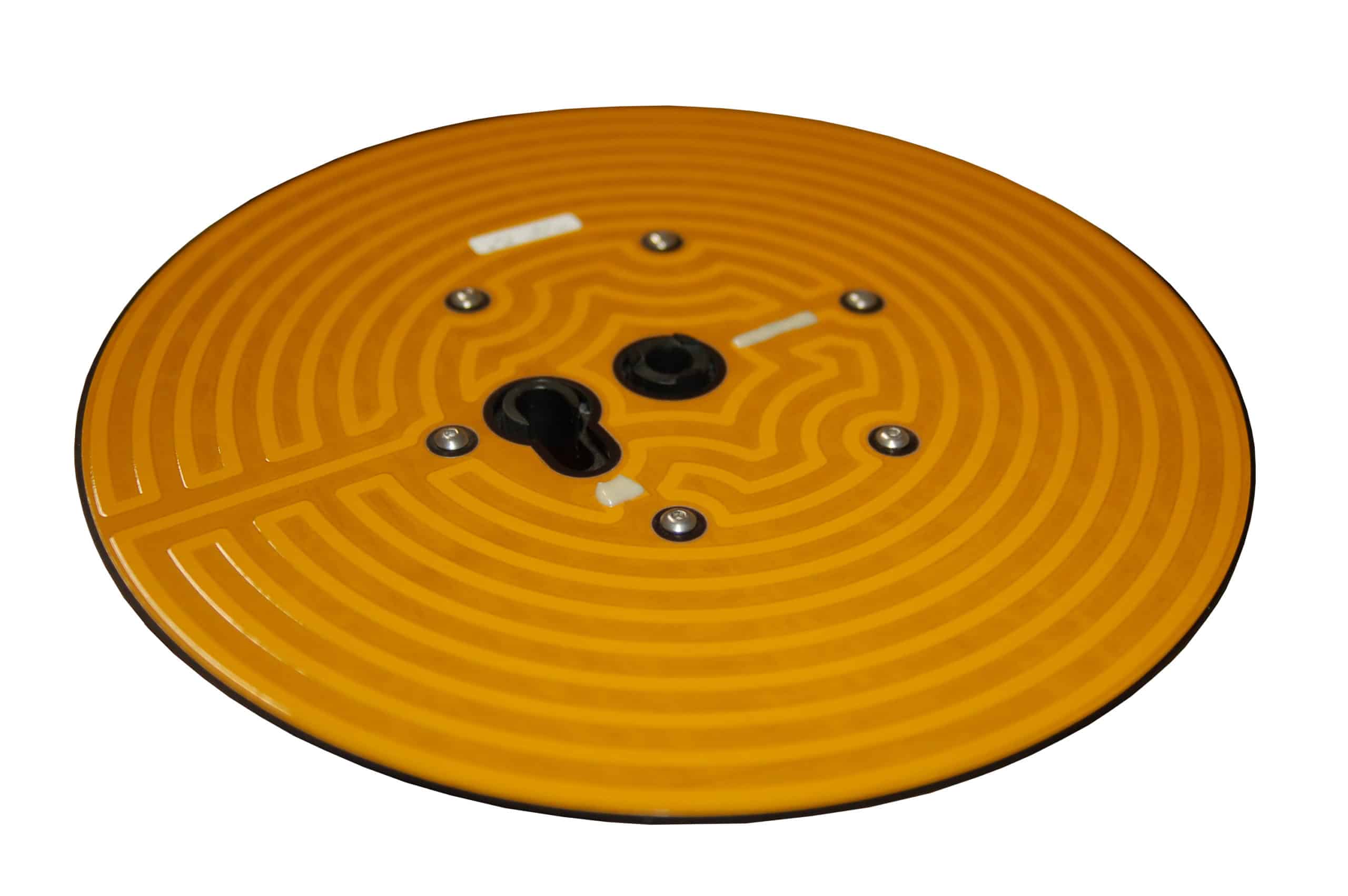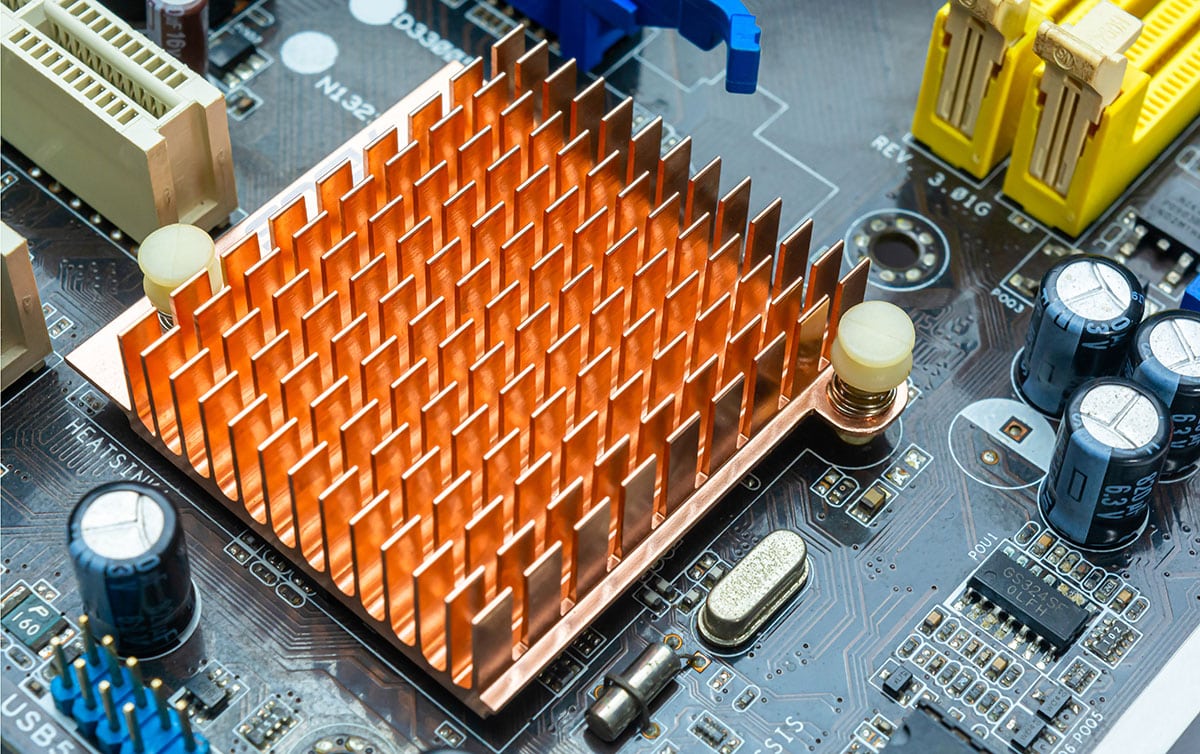Flexible heaters are a versatile heating solution that can bend or conform to any surface requiring consistent heating. Whether you use silicone or Kapton Polyimide, managing your heater’s temperature is key to an efficient product.
Controlling PCB heaters’ temperature ensures you don’t lose efficiency or burn your heater out prematurely. Fortunately, there are multiple ways of consistently managing temperature.
At All Flex Solutions, we provide PCB heaters for applications in medical, aerospace, defense, industrial, and more. In addition to useful tools like FEA modeling and thermostats, we’ll teach you how to avoid common installation pitfalls for the best results.
Keep reading to learn how to manage the temperature of your PCB heater during construction with tried-and-true methods.

Understanding Temperature Issues
Several common temperature issues occur with PCB heaters. The colder areas around mounting holes and the edges of aluminum plates can reduce their heat.
We recommend using FEA modeling to spot these issues early before installing. FEA modeling allows you to make gradual adjustments to the heating element pattern for even thermal distribution.
Implementing immediate changes with modeling software will significantly decrease development costs and the need for prototyping.

Maximum Temperature Limits
One of the main benefits of etched foil heaters is their precise heating capabilities. They can heat specific locations without the risk of hot or cold spots. However, your PCB heaters can only grow so hot before they start losing their heating efficiency.
A heating system without consistent temperature control will have its heat losses start equaling its heat input. The maximum temperature limits for etched foil heating solutions range from 300°F to 450°F. Silicone rubber etched foil heaters have a maximum of 450°F, while polyimide can reach 300°F.
When installing your flex heater, you may come across surroundings that don’t allow for consistent heat absorption. If this is the case, mounting the heater to a heat sink can help maintain your flex heater’s integrity.
The main elements that contribute to the maximum temperature of a heater are:
Surrounding Environment
Also known as your ambient temperature, the heat or cold of your surrounding environment will influence your PCB heater’s performance.
Temperature Control Mechanisms
You can control the temperature of a PCB heater with a thermostat or a thermistor. While a thermostat will switch heat on and off, a thermistor achieves more stable and consistent heating.
Applied Electrical Power
The voltage applied to your PCB heater and the heater’s electrical resistance will influence its temperature. After you disconnect your heater, you can measure its resistance with an ohmmeter.
Quality Of Materials
Versatile and long-lasting materials are crucial to enjoy a consistent performance from your flexible heaters. At All Flex Solutions, we provide Polyimide Flex Heaters and silicone rubber heaters depending on the application.
Our Polyimide Flex Heaters provide a high degree of thermal control, a tight bend radius, and a lightweight design. These heaters are especially well-suited to environments that require delicately thin constructions or contain solvents that could deteriorate the heater.
Our silicone rubber heaters are thick and durable, able to withstand a higher temperature range. They’re ideal for outdoor environments where you need a heavy-duty construction to protect the heater from damage.
Controlling Temperature
You can control etched foil heaters using a closed loop control scheme. A closed loop control scheme is effective because it provides ongoing feedback to your system to keep temperature as consistent as possible.
Closed loop control schemes are able to adjust temperature in real-time depending on the surrounding environment. Using this tool for your heater requires a sensing device to provide temperature data as well as controller sets.
The closed loop controller works by implementing pulsating voltage, or other limiting variables, to adjust the PCB heater’s thermal output.

3 Tips for Managing Temperature
Alongside using thermostats and thermistors, there are multiple ways to manage the temperature of your PCB heaters.
Use FEA Modeling
FEA modeling is one of the best tools for saving time and money while narrowing down the desired output of your heater. At All Flex Solutions, we provide thermal simulation models to determine key factors such as temperature, time to temperature, and heat distribution.
Mount To A Heatsink
PCB heaters are well-suited to heatsinks since they provide consistent heat transfer alongside a low profile. Our PCB assembly comes with both plastic and metal heatsink machining and plating. We can help you create consistent heat transfer between your heatsink, sensor, and heater.
There are also several types of mountings you can look into when installing your heater. When an unstable outdoor or cold environment can impact your PCB heater’s performance, mounting provides extra stability. Mounting methods reduce the risk of your working components failing and give you additional flexibility when attaching heaters to irregular edges.
Use A Closed Loop Control Scheme
A closed loop control scheme for your PCB heaters gives you steady access to upper and lower temperature limits. You’ll also know the required rate of temperature rise.

All Flex, Inc.
We are a US-based manufacturer of flexible heaters and large format flexible circuits. We’ve served industries such as medical, military, aerospace, and telecommunications to provide complete assembly products you can depend on.
Our expertise ensures you can consistently manage the temperatures of your installation and get the most dependable results in critical applications. We offer you a diverse line-up including Kapton Polyimide Heaters, silicone rubber heaters, flexible circuit with circuit assembly, and custom heaters.
With our heater kits, we can help you experiment and analyze to narrow down exactly what you need.
No matter your skill level, we’ll lend our expertise to your fixed circuit design from beginning to end.
Conclusion
Carefully managing temperature with flexible printed heaters reduces your risk of component failure, extends the longevity of your product, and delivers reliable results.
Are you wondering if a flexible heater will be compatible with your application? Contact All Flex Solutions today to request a quote or talk with one of our experienced team members.